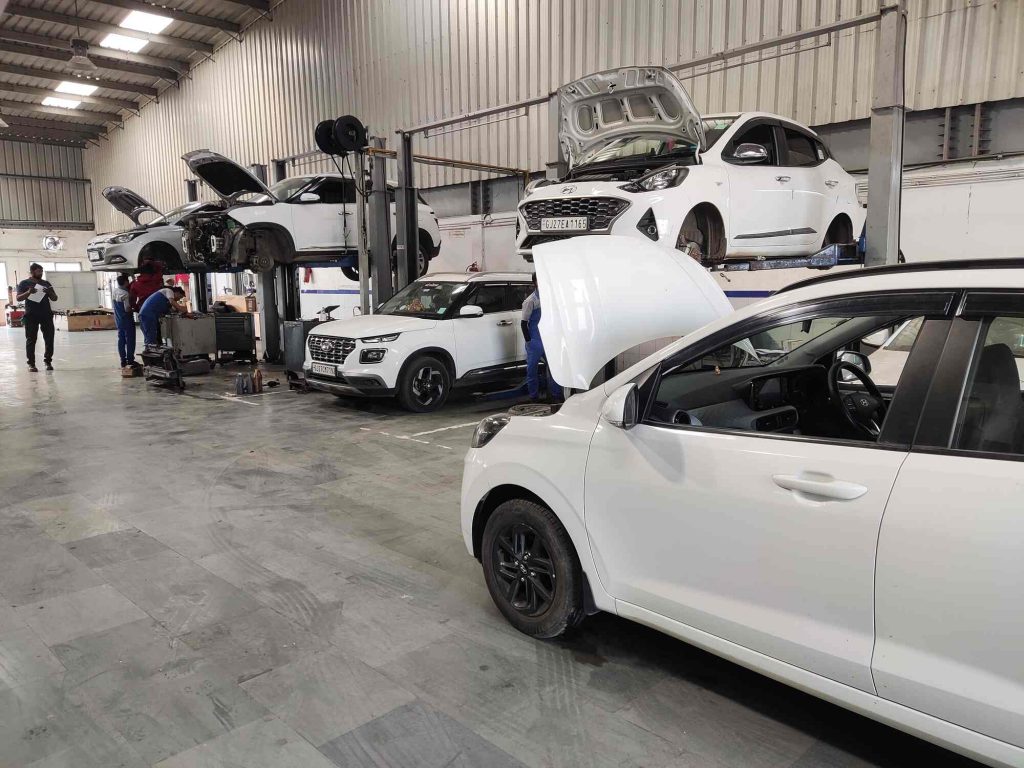Comparing OEM vs. Aftermarket Grand i10 Nios Accessories
Gallops Hyundai

One bad accessory can void your warranty or compromise safety. Many Grand i10 Nios owners discover this too late. At Gallops Hyundai, we frequently encounter clients who regret choosing aftermarket parts because they led to poor fit, electrical issues, or warranty disputes. The quality of the accessories should match the excellent design of the Grand i10 Nios. The choice between OEM and aftermarket accessories will affect the performance, safety, and warranty of your vehicle be it infotainment systems, seat covers, or lighting upgrades.
Understanding OEM and Aftermarket Accessories
- Original equipment manufacturer (OEM) accessories created and verified by Hyundai to guarantee quality and fit.
- Made by outside producers, aftermarket accessories can range greatly in quality and compatibility.
- Promised OEM accessories suit the Grand i10 Nios well and guarantee a flawless connection.
- Keeping OEM components preserves the warranty on your car. For example, adding a reverse parking camera certified by Hyundai will have no effect on your warranty coverage.
- OEM accessories guarantee longevity and safety by meeting Hyundai’s exacting quality requirements.
- Aftermarket accessories are generally more affordable. Perhaps less expensive than Hyundai’s version is a third-party steering wheel cover.
- The aftermarket provides a broad selection of designs, materials, and features, allowing for greater customisation.
- Aftermarket components abound from several stores and internet sites.
Categories of Accessories: OEM vs Aftermarket
OEM: Hyundai guarantees dependability and compatibility by including their infotainment systems within the electronics of the car.
Aftermarket: While choices like Sony or Pioneer provide sophisticated capabilities, they may not integrate easily and might void your warranty.
OEM: Hyundai-approved LED or halogen bulbs assure appropriate lighting and compliance with safety regulations.
Aftermarket: While choices like Sony or Pioneer provide sophisticated capabilities, they may not integrate easily and might void your warranty.
3. Seat Covers and Mats

OEM: Designed to suit the Grand i10 Nios exactly, assuring comfort and longevity.
Aftermarket: Offers a larger selection of materials and styles but may not fit as perfectly.
OEM: Accessories like body side mouldings and door visors are meant to fit the car’s appearance and give protection.
Aftermarket: While more varied, some may not line well with the car’s design or might be of poor quality
Why Installation Matters (OEM vs Aftermarket)

Making the Right Choice
Intended use: Aftermarket options should generally apply only to non-vehicle performance
related functions, such as audio systems.
Budget: For non-essential equipment, aftermarket choices might offer cost reductions.
Warranty: Always verify if the accessory installation will impact your vehicle’s warranty.
Installation: Ensure skilled installation, especially for electronic components, to eliminate potential complications.


